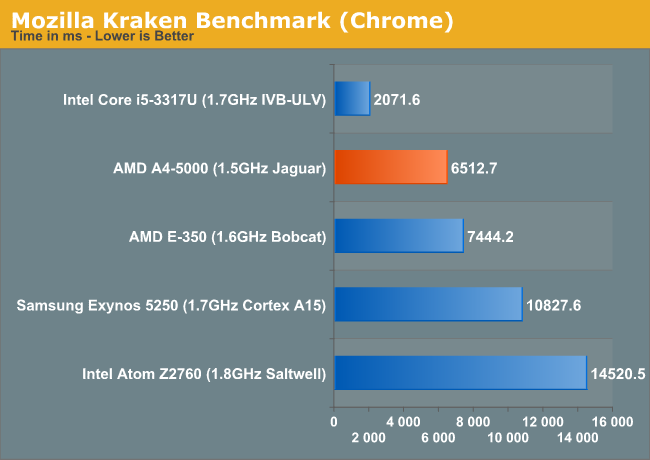Charles Kozierok
Elite Member
- May 14, 2012
- 6,762
- 1
- 0
There is one link in my OP that explains why Intel was rejected
Which, as mentioned repeatedly, does not mean that Intel could not produce a custom SoC, just that they did not offer to do so.
At the other side, all the posters claiming here that Intel could do it if it was interested have not backed up their ridiculous claims.
That's not how reasonable argumentation works. It is incumbent on the ones proferring specific claims to support them. You and others are stating flatly that Intel was technologically incapable of producing this chip. I and others are saying that this is possible, but that we do not have sufficient knowledge of the contract requirements to know.
My position is neutral; your position makes a positive assertion that is unsupported by the evidence.



